Secret societies that actually existed
Secret societies have long fascinated the public with their air of mystery and exclusivity. From ancient orders to modern clubs, these groups often inspire speculation and intrigue.
While some claim they control global events from the shadows, others see them as benign clubs for like-minded individuals. Today, we’ll delve into the world of secret societies, exploring their histories, myths, and the truths that lie behind their veils.
The Illuminati: Truth Behind the Myth
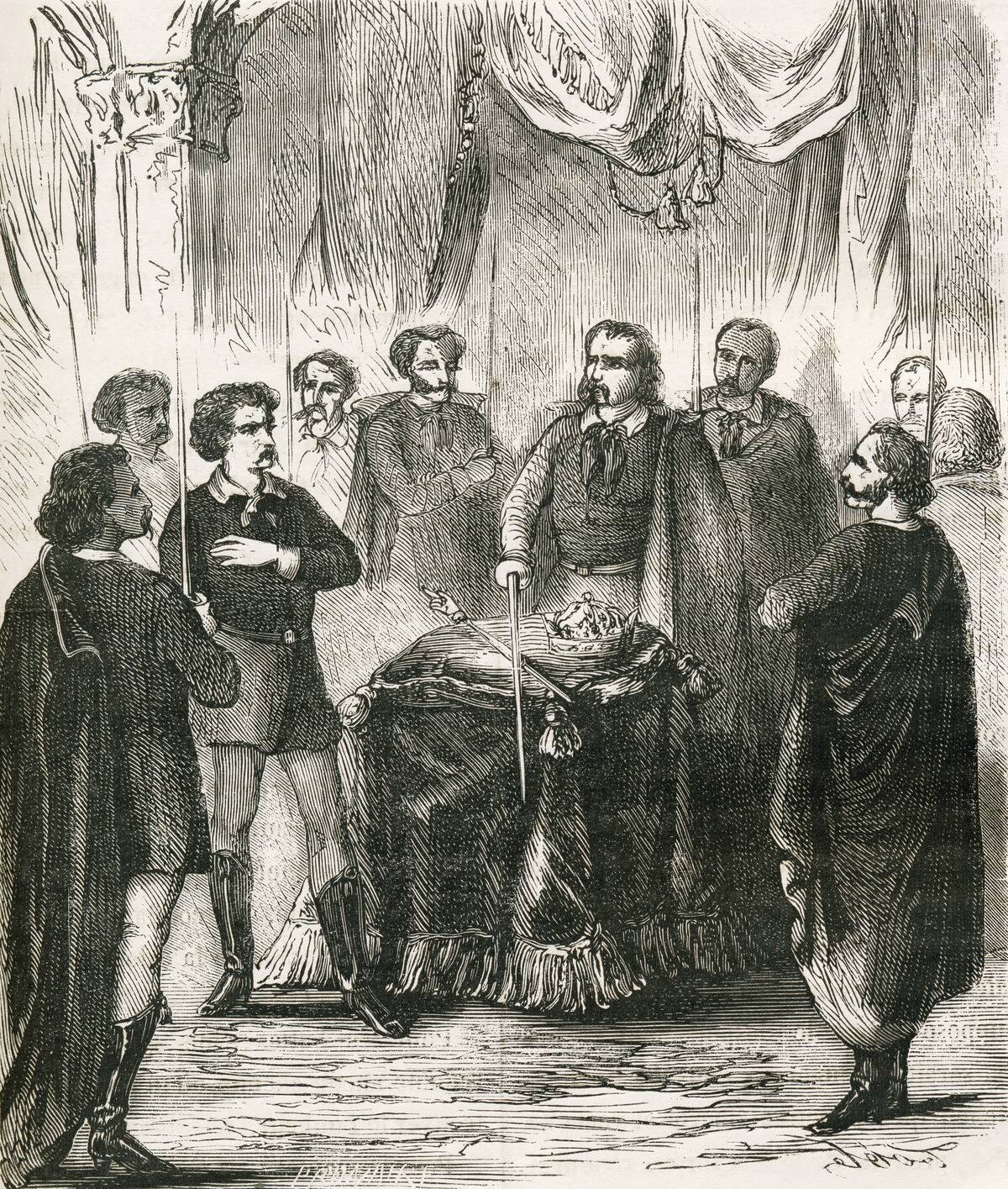
The Illuminati is perhaps the most famous secret society, often associated with fringe theories alleging world domination. Founded in 1776 in Bavaria by Adam Weishaupt, the original Illuminati sought to promote Enlightenment ideals and oppose religious and political oppression.
Despite its dissolution in the late 1780s, the myth of the Illuminati persists, with many modern groups claiming lineage or inspiration, though lacking historical continuity with the original. With the actual historical context in mind, however, only 18th-century German nobility had any reason to be concerned about the Illuminati.
Freemasons: Builders of Secrecy
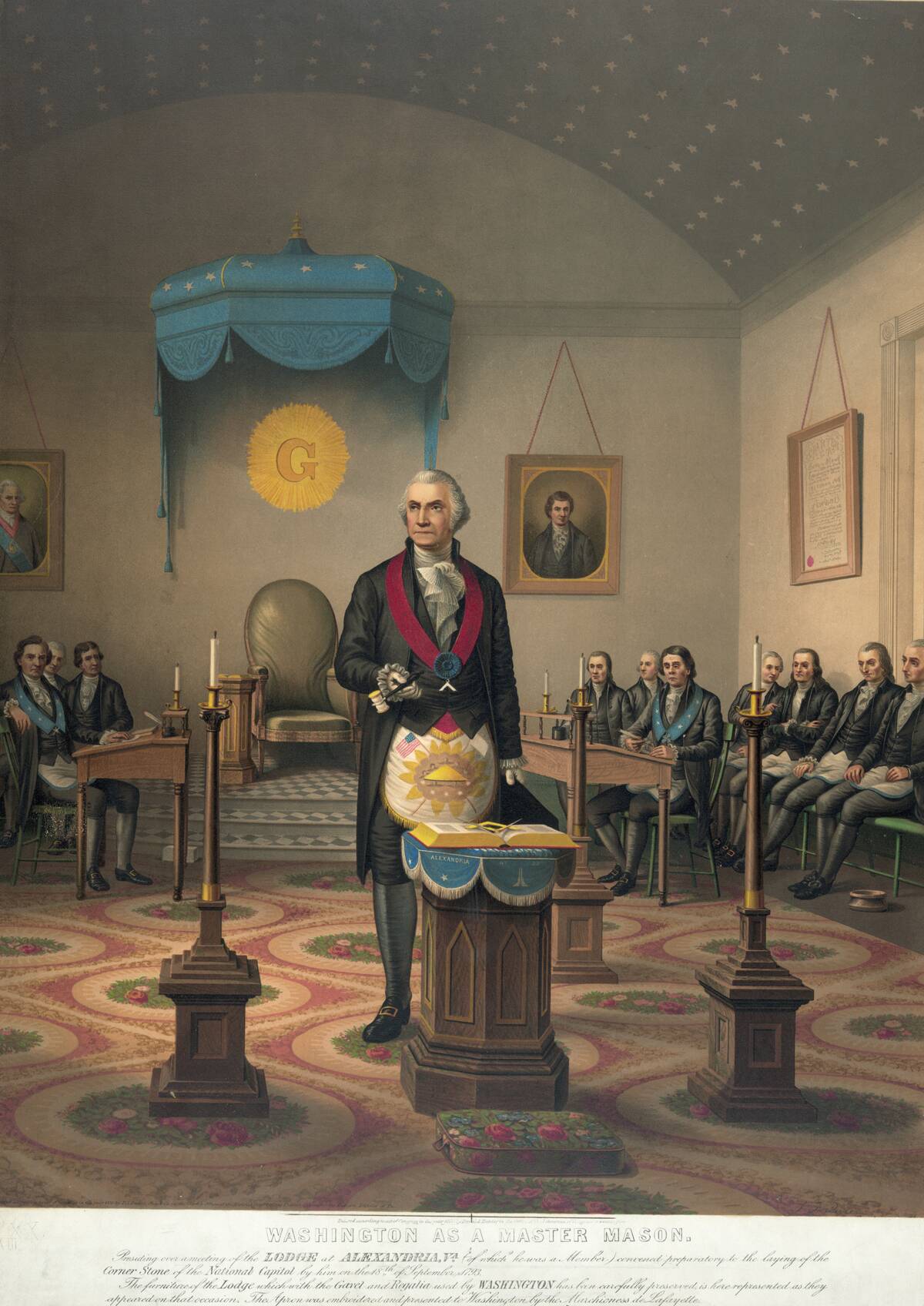
The Freemasons, with roots tracing back to the stonemason guilds of the Middle Ages, are known for their secretive rituals and symbolic traditions. This fraternal organization focuses on moral and spiritual development, often using allegories and symbols drawn from architecture.
Freemasonry has faced criticism and suspicion over the years, yet it has contributed significantly to society, with notable members including several U.S. founding fathers.
Skull and Bones: Yale’s Elite Brotherhood
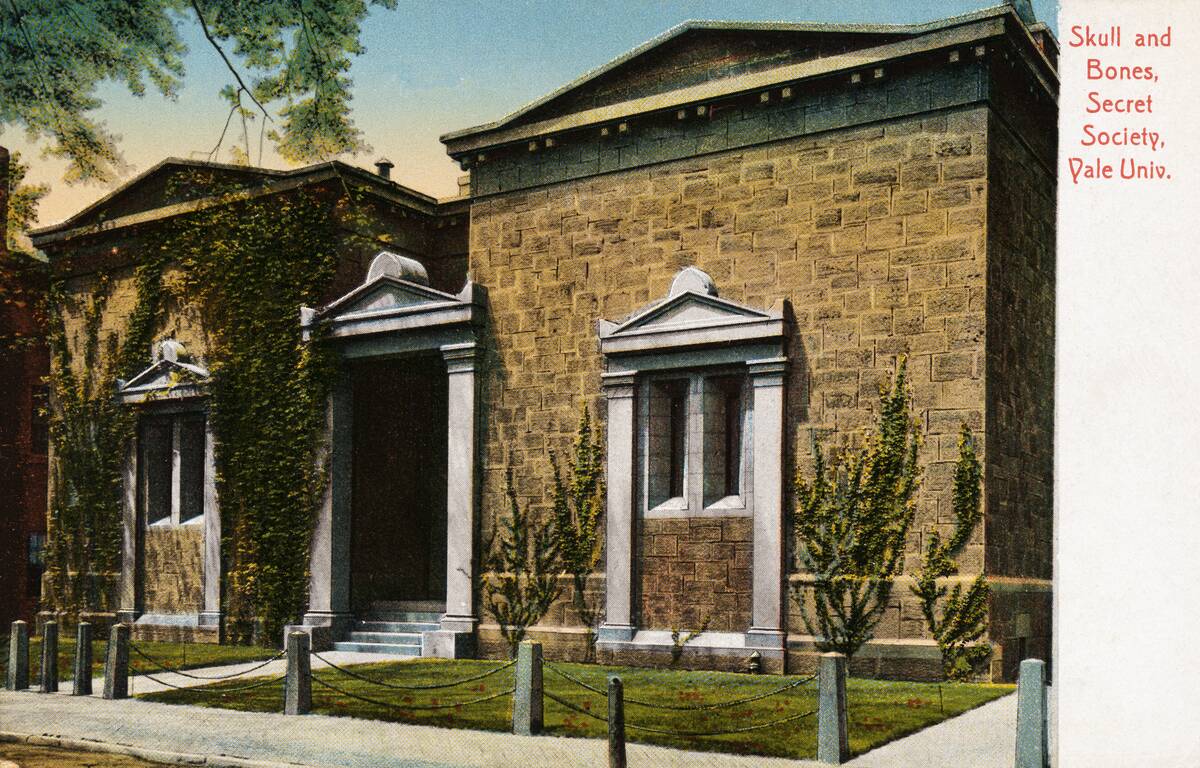
Skull and Bones is an elite secret society at Yale University, founded in 1832. Known for its influential alumni, including several U.S. presidents, the society has become synonymous with power and privilege.
Members, known as “Bonesmen,” partake in mysterious rituals and form lifelong bonds. While details are scarce due to strict secrecy, the group’s impact on American political and economic spheres is widely acknowledged.
The Rosicrucians: Mysticism and Enlightenment
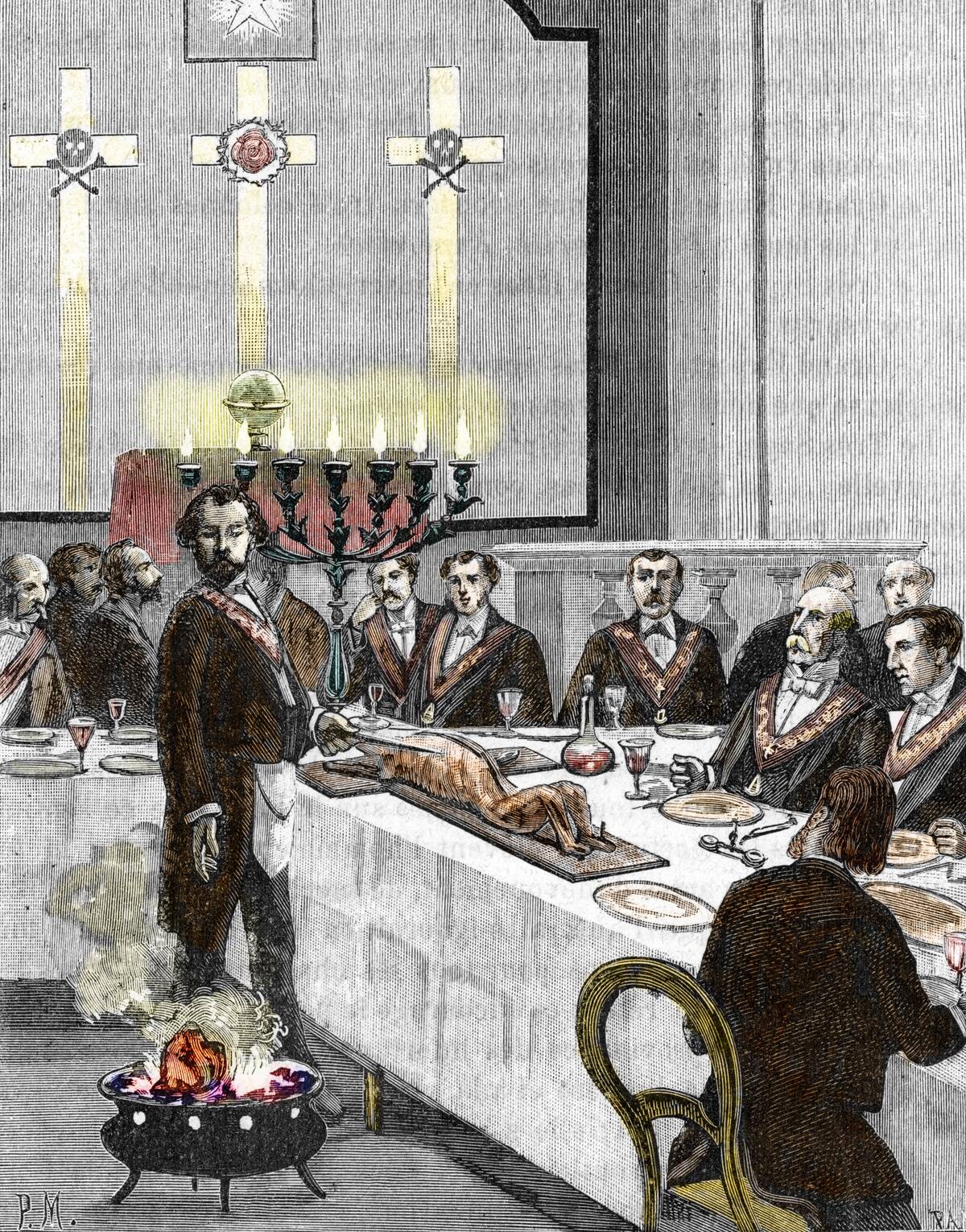
Emerging in the early 17th century, the Rosicrucians are a legendary secret society blending esoteric Christian mysticism with Enlightenment ideals. Their mythical founder, Christian Rosenkreuz, was said to possess secret wisdom, and the society claimed to influence spiritual and scientific advancements.
While no concrete evidence of their existence has been found, Rosicrucian thought has influenced many modern spiritual and philosophical movements.
The Hermetic Order of the Golden Dawn: Magic and Rituals
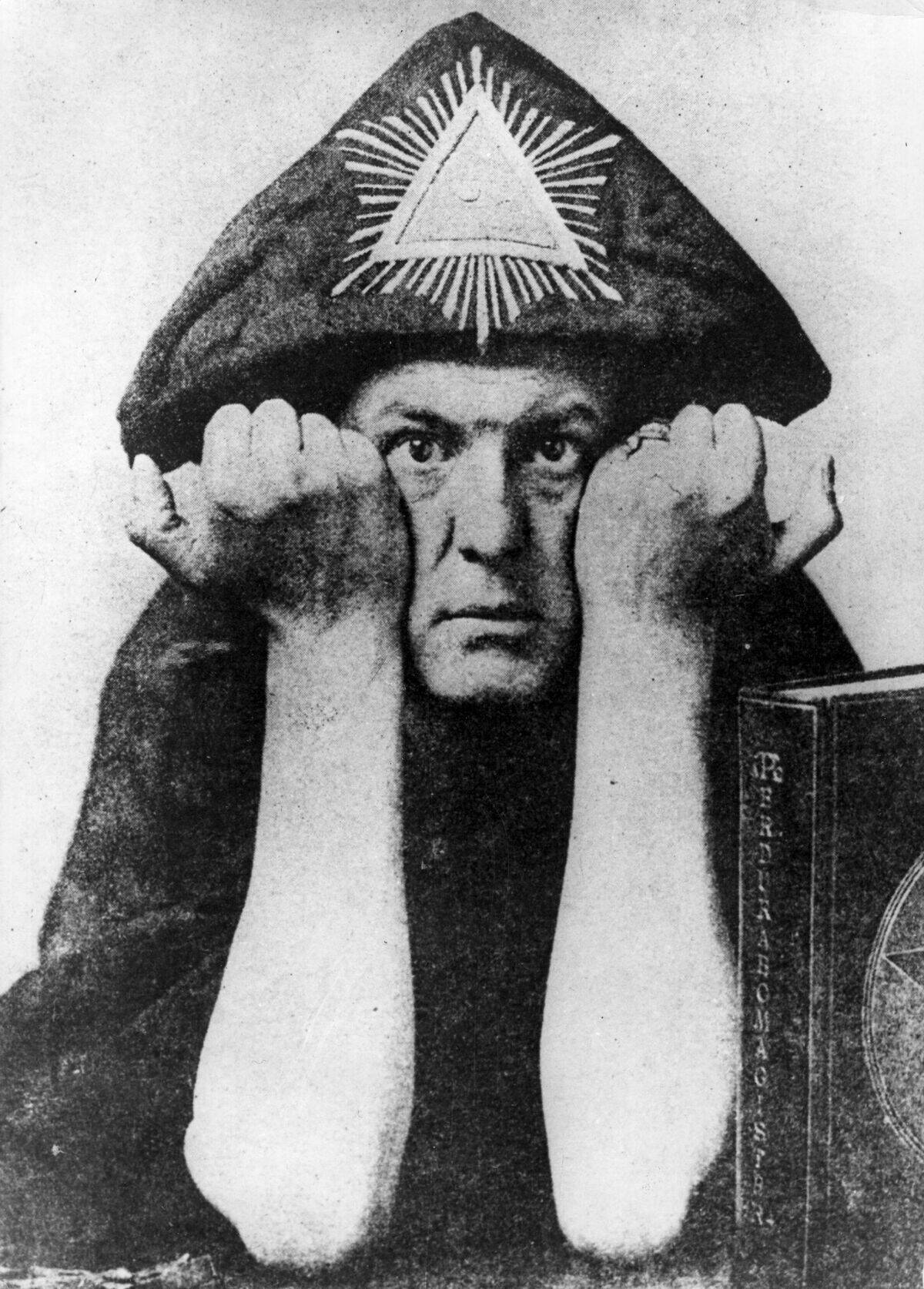
The Hermetic Order of the Golden Dawn, founded in the late 19th century in London, focused on the study and practice of the occult, metaphysics, and paranormal activities.
Its members, including famous figures like Aleister Crowley, engaged in elaborate ceremonies and rituals to achieve personal enlightenment. Although it dissolved in the early 20th century, its teachings have left a lasting impact on modern occult practices.
The Bilderberg Group: Power Players and Conspiracies
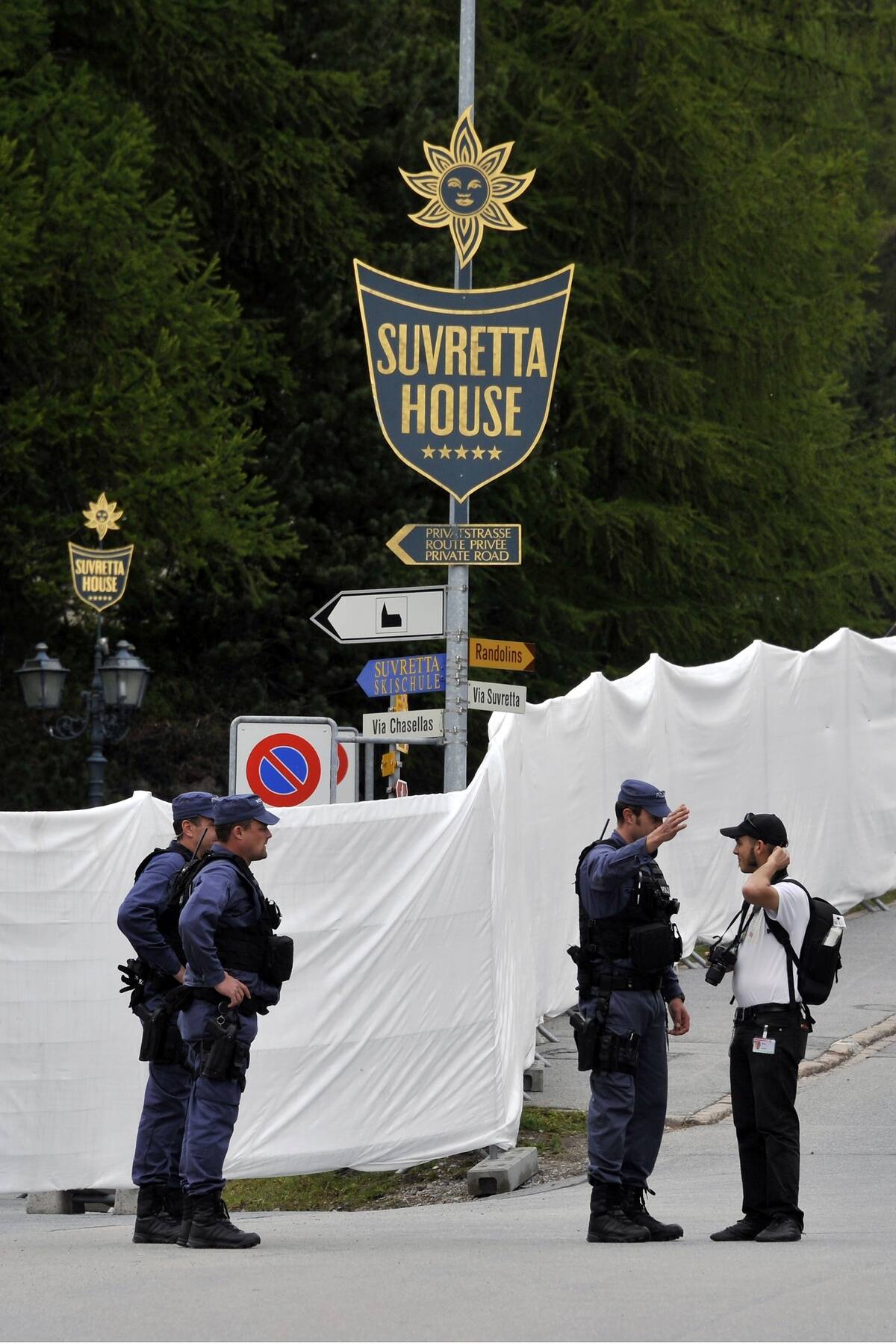
The Bilderberg Group, established in 1954, gathers influential political and business leaders from North America and Europe for annual, off-the-record meetings. The group’s confidential nature fuels fringe theories about global agendas and elite control.
However, organizers claim it fosters dialogue on international issues without the pressures of public scrutiny. Despite its reputation, many see it as a forum for informal discussions rather than a world-controlling cabal.
The Carbonari: Revolutionaries in the Shadows
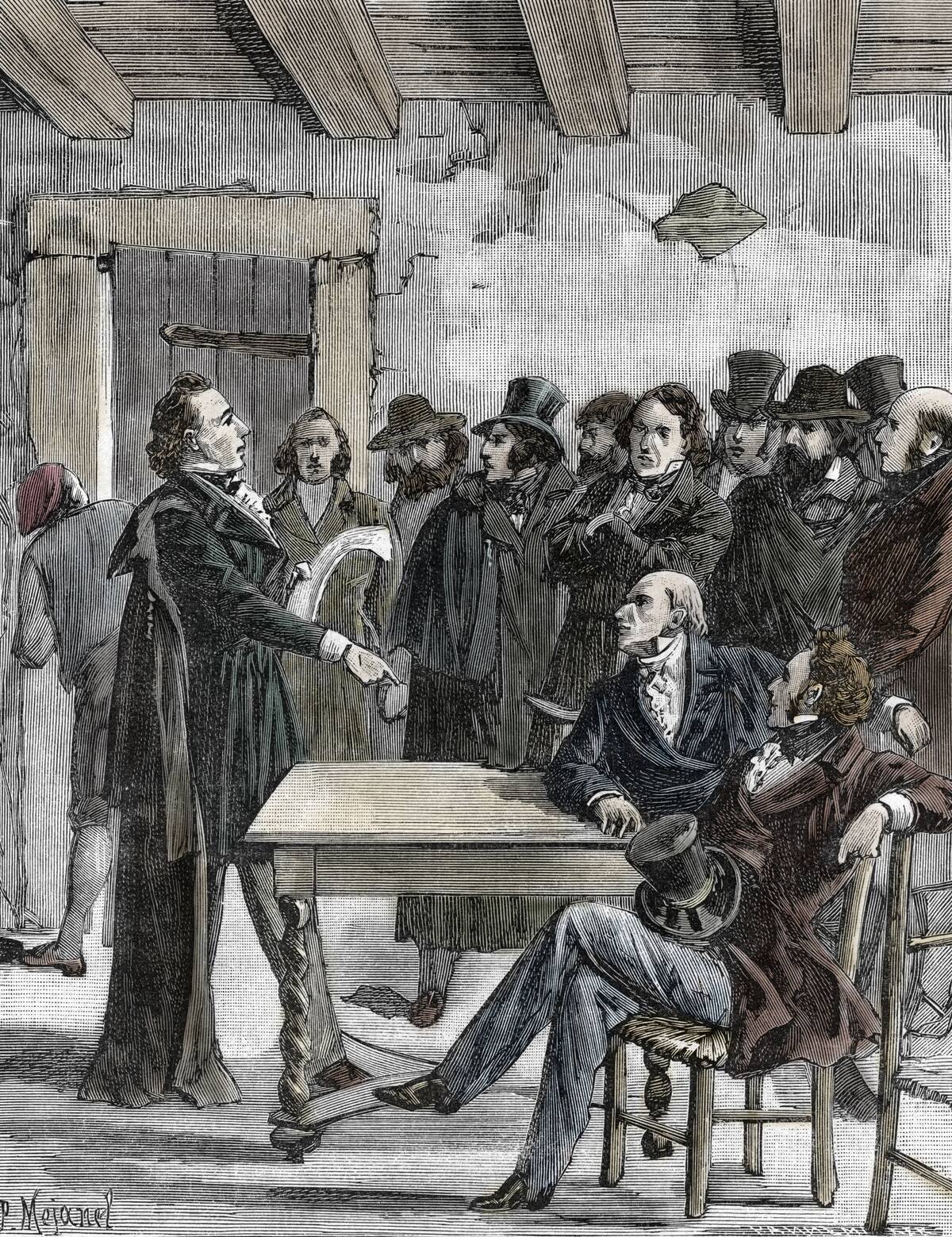
The Carbonari were a secretive society active in Italy during the early 19th century, aiming to unify Italy and promote liberal reforms. Drawing members from various social classes, they organized clandestine meetings and plotted uprisings against oppressive regimes.
While ultimately unsuccessful in their immediate goals, the Carbonari’s revolutionary spirit inspired future Italian nationalist movements, contributing to the country’s eventual unification.
The Thule Society: Occult Roots of a Dark Era
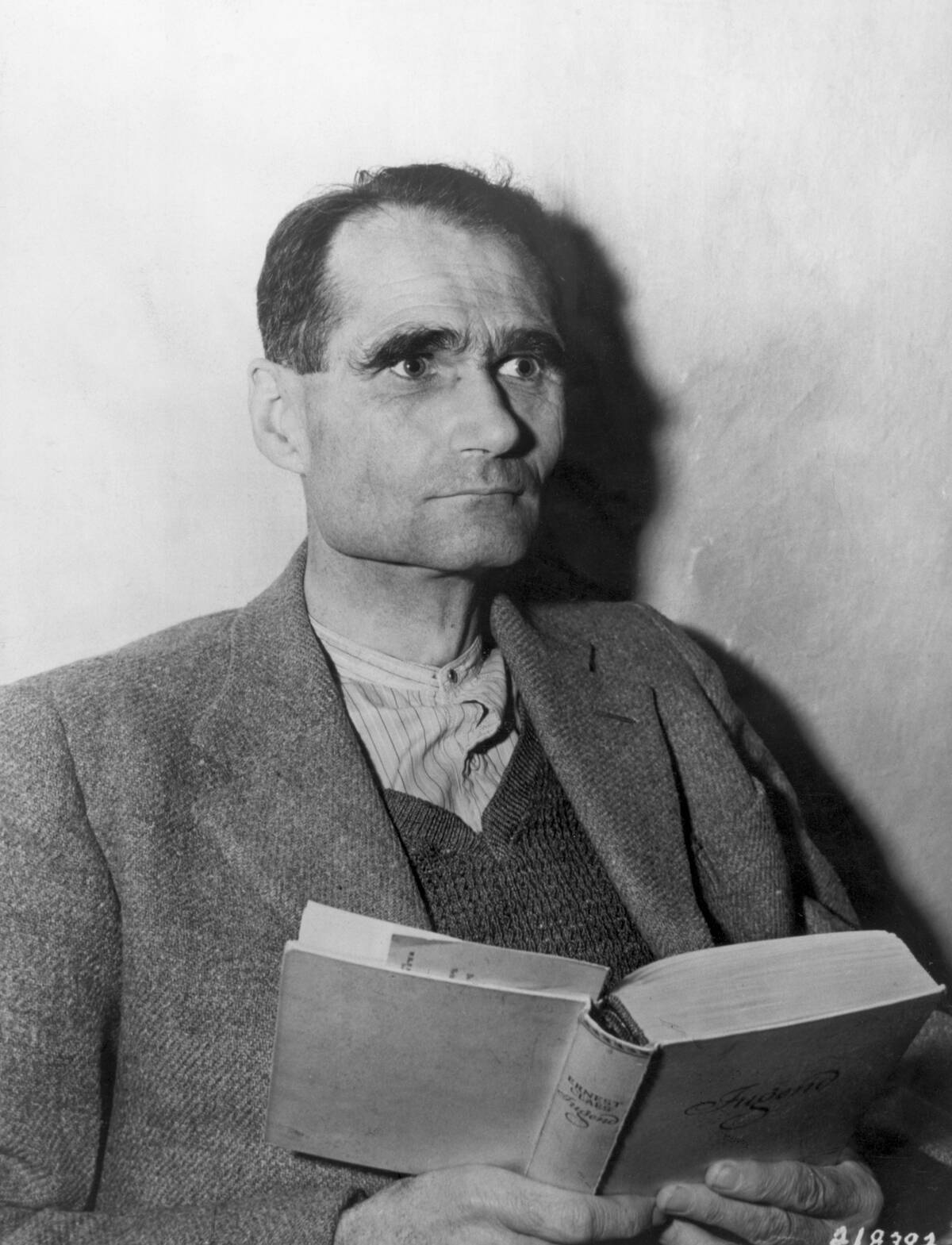
The Thule Society, founded in 1918 in Germany, combined occult beliefs with nationalist ideologies. Initially a study group for Germanic folklore and mythology, it later supported the rise of the Nazi party, with several members (like the pictured Rudolf Hess) becoming prominent Nazis.
While its influence waned after World War II, the society’s blend of mysticism and politics remains a cautionary tale about the dangers of extremist ideologies.
The Priory of Sion: A Fanciful Religious Order

The Priory of Sion gained fame from the 1982 book The Holy Blood and the Holy Grail, and Dan Brown’s The Da Vinci Code. Allegedly founded in 1099, it supposedly guarded the secret bloodline of Jesus and Mary Magdalene.
However, most historians agree that the Priory was a hoax created in the 1950s by Pierre Plantard. Despite this, its blend of myth and mystery continues to captivate imaginations.
The Order of the Solar Temple: Tragedy and Mystery
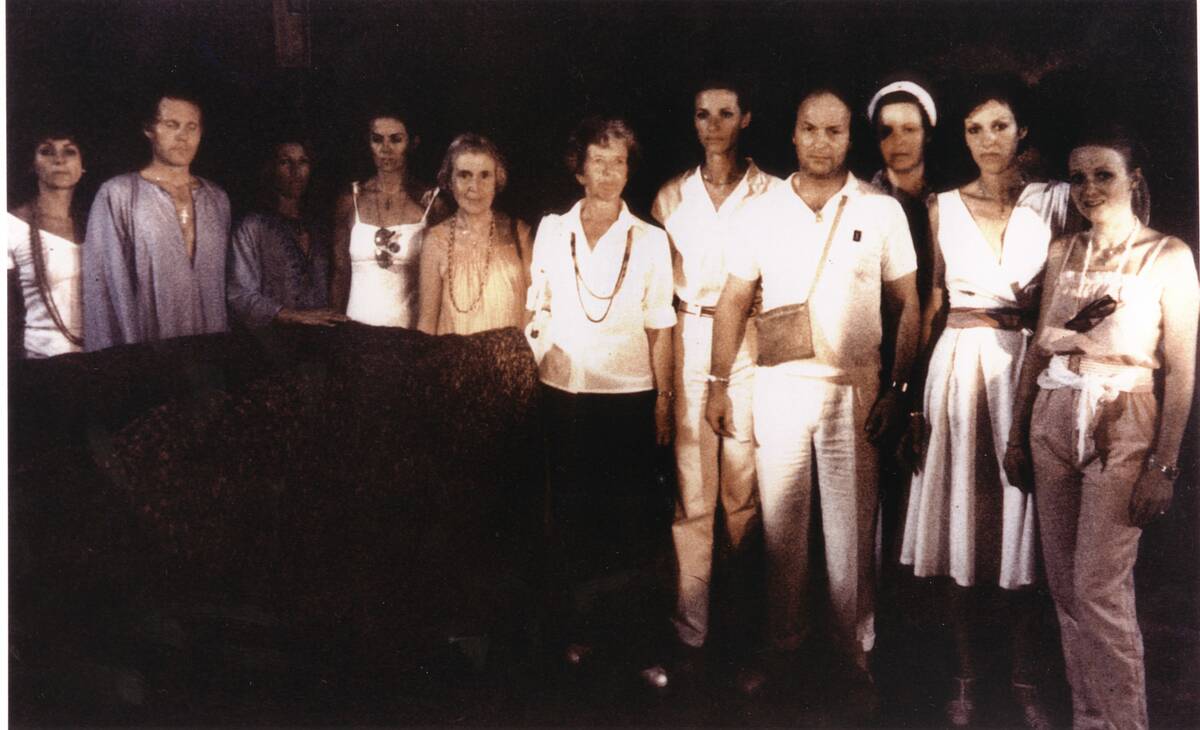
The Order of the Solar Temple, founded in 1984, combined New Age beliefs with apocalyptic prophecies. Claiming to prepare members for a spiritual transformation, it gained notoriety in the 1990s following mass murder-suicides in Switzerland and Canada.
These tragic events shocked the world and highlighted the dangers of cult-like groups. The order’s leaders, Luc Jouret and Joseph Di Mambro, left behind a legacy of manipulation and tragedy.
The Odd Fellows: Fellowship with a Twist
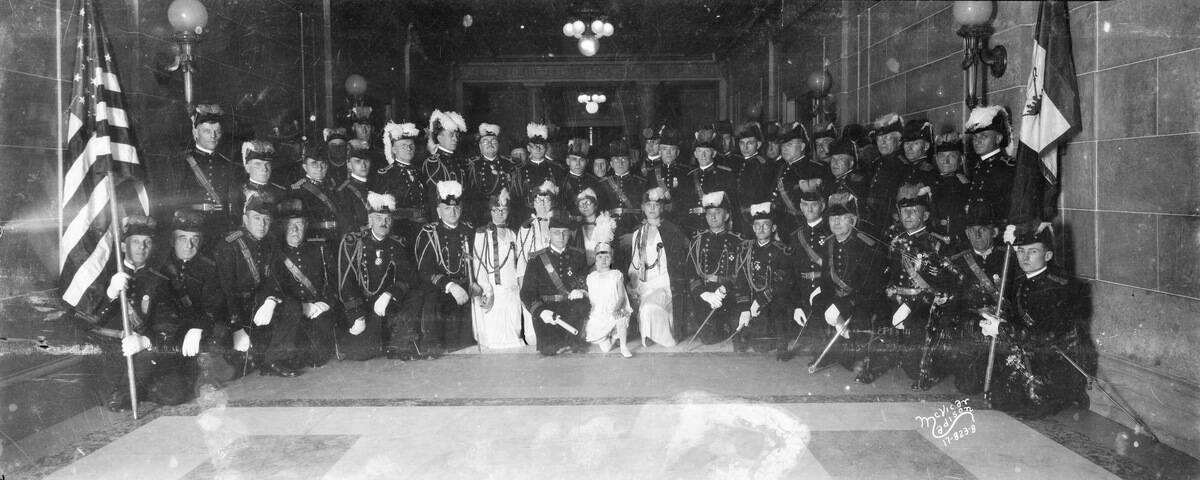
The Odd Fellows, officially known as the Independent Order of Odd Fellows (IOOF), was founded in the 18th century in England but quickly established most of its activity in Baltimore by the 19th Century. This fraternal organization promotes charity, friendship, and personal development, often engaging in community service and philanthropic efforts.
Despite its unusual name, derived from tradesmen of diverse occupations banding together, the Odd Fellows’ mission of aiding those in need has remained consistent throughout its history.
The Ancient Order of Druids: Mystical Traditions and Modern Revivals
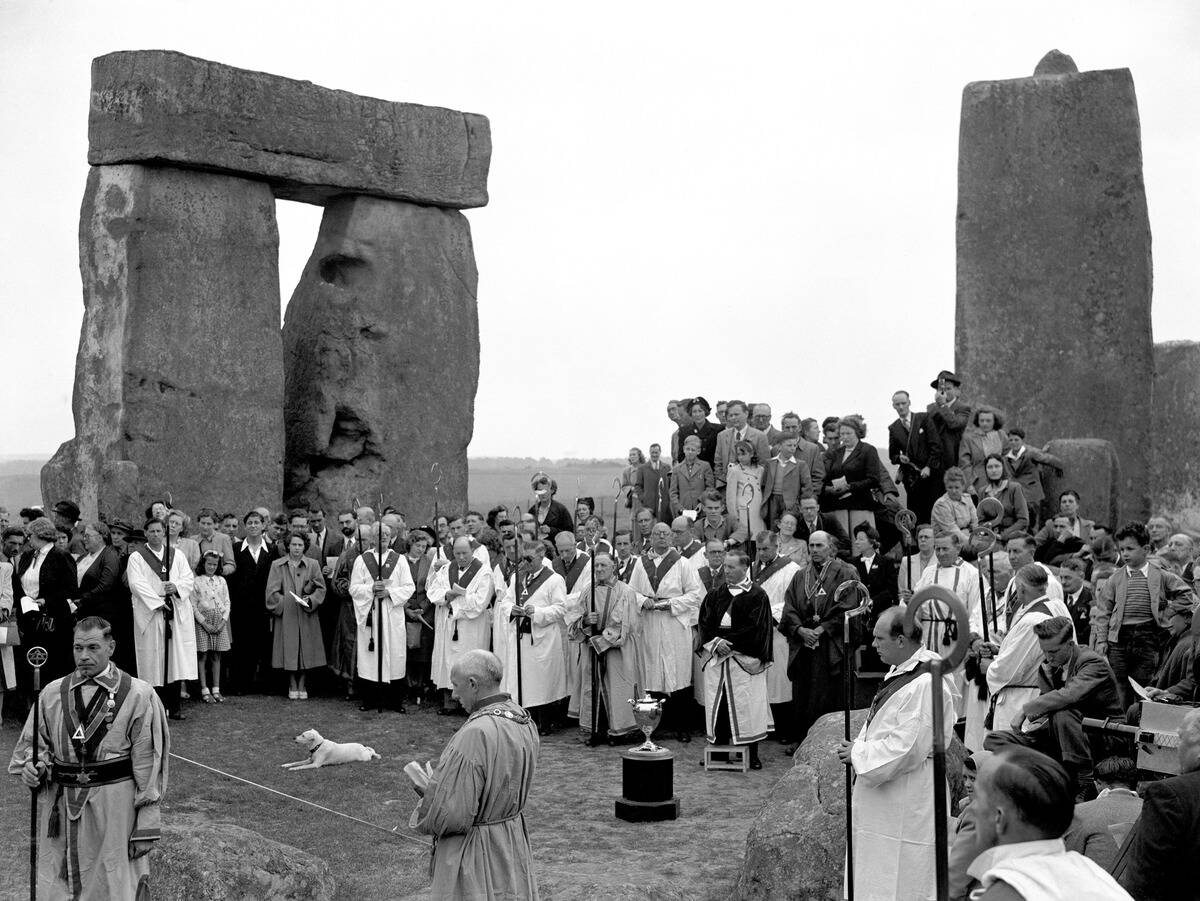
The Ancient Order of Druids, founded in 1781, sought to revive the spiritual practices of the ancient Celtic Druids. While little is known about the original Druids due to their oral traditions, the order focused on nature worship, meditation, and philosophical teachings.
Today, modern Druidry blends these historical elements with contemporary environmentalism, offering a spiritual path that honors nature and community.
The International Order of St. Hubertus: A Secretive Hunting Club
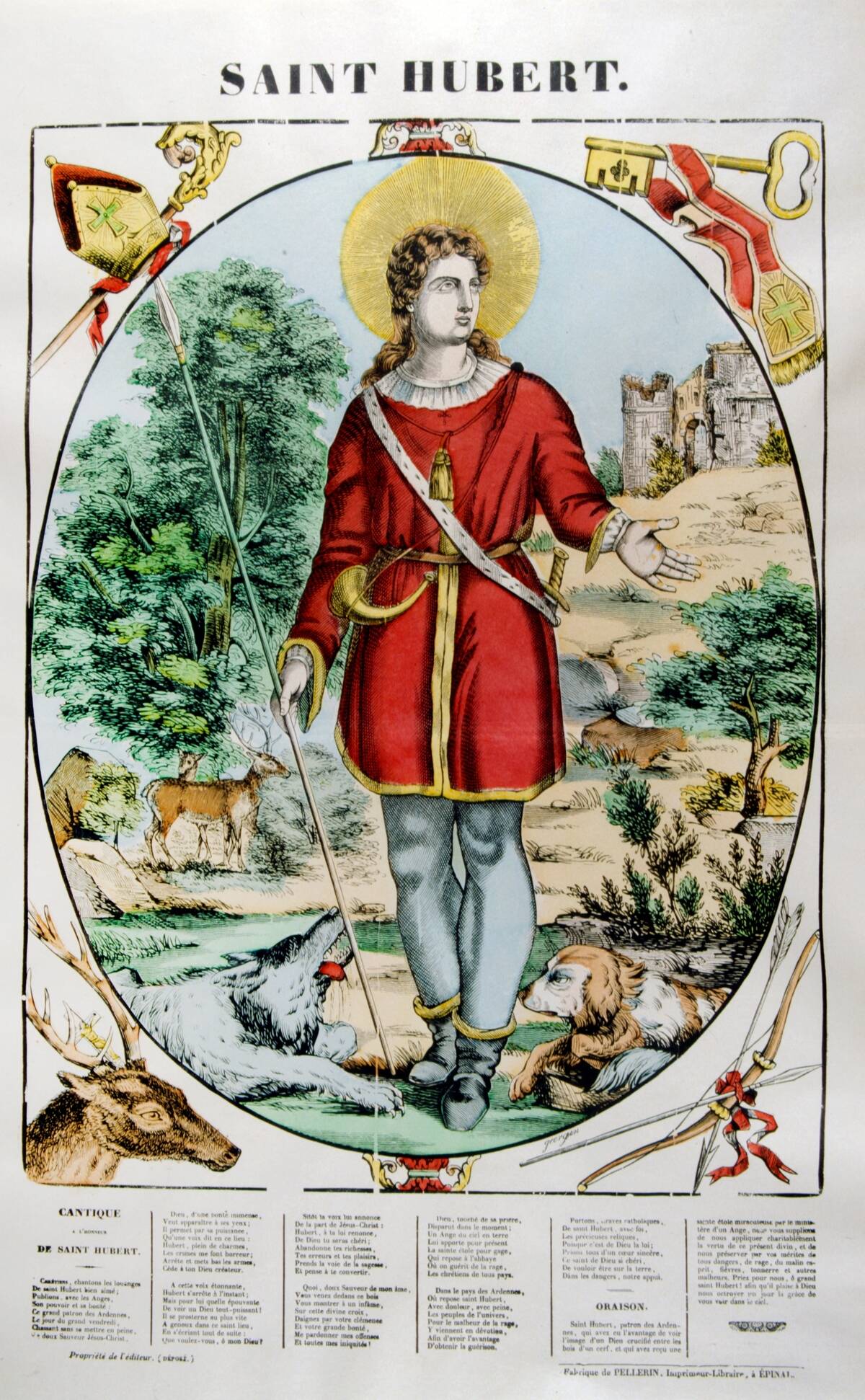
The International Order of St. Hubertus, founded in the 17th century, began as a society of hunters dedicated to promoting ethical hunting practices and wildlife conservation.
Named after St. Hubert, the patron saint of hunters, the order is known for its exclusive membership and elaborate ceremonies. Though not secretive in a conspiratorial sense, its exclusivity and traditions have fueled curiosity and speculation.
The Bohemian Club: Where the Elite Mingle
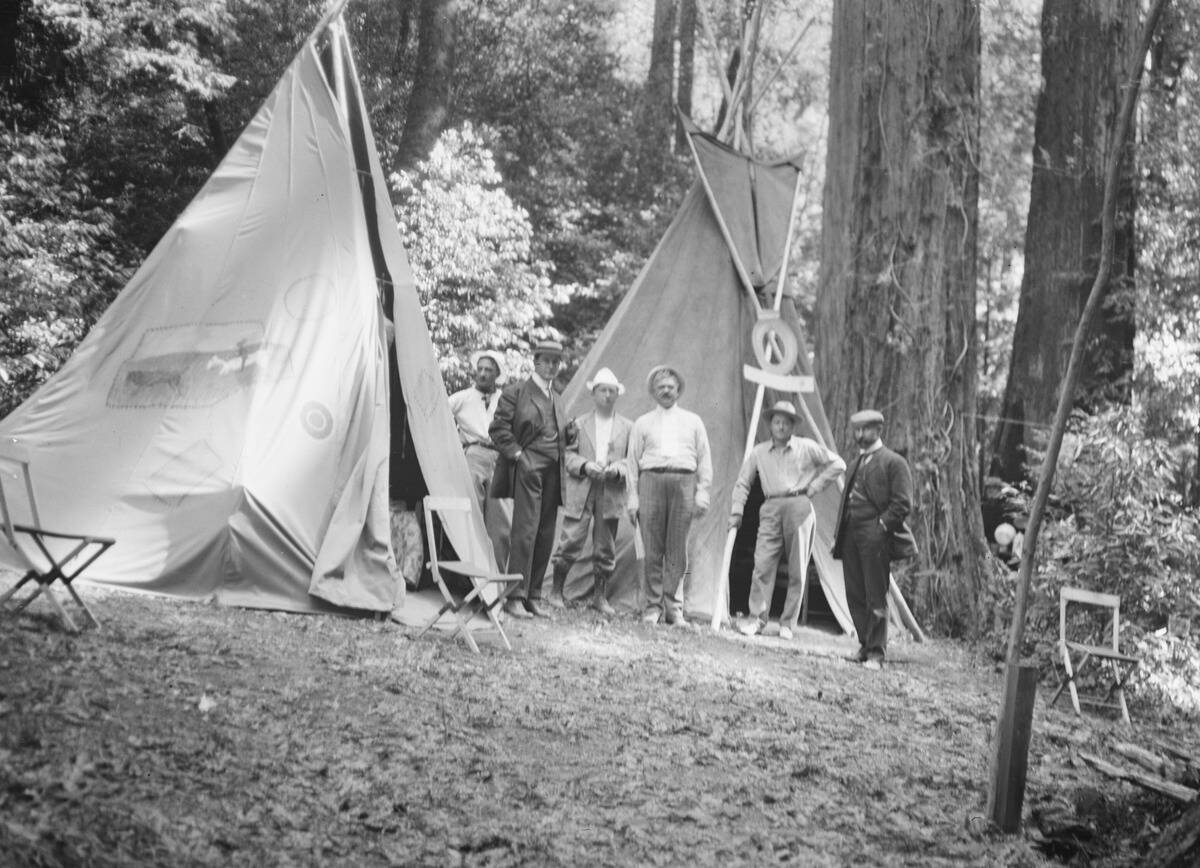
The Bohemian Club, established in 1872 in San Francisco, hosts the annual two-week retreat at Bohemian Grove, where elite figures from politics, business, and the arts gather.
Known for its motto, “Weaving Spiders Come Not Here,” the club emphasizes relaxation and camaraderie over networking. The exclusive guest list and rumored rituals fuel public curiosity, even as members insist it’s a simple retreat from the pressures of daily life.
The P2 Lodge: Scandal and the Vatican Connection
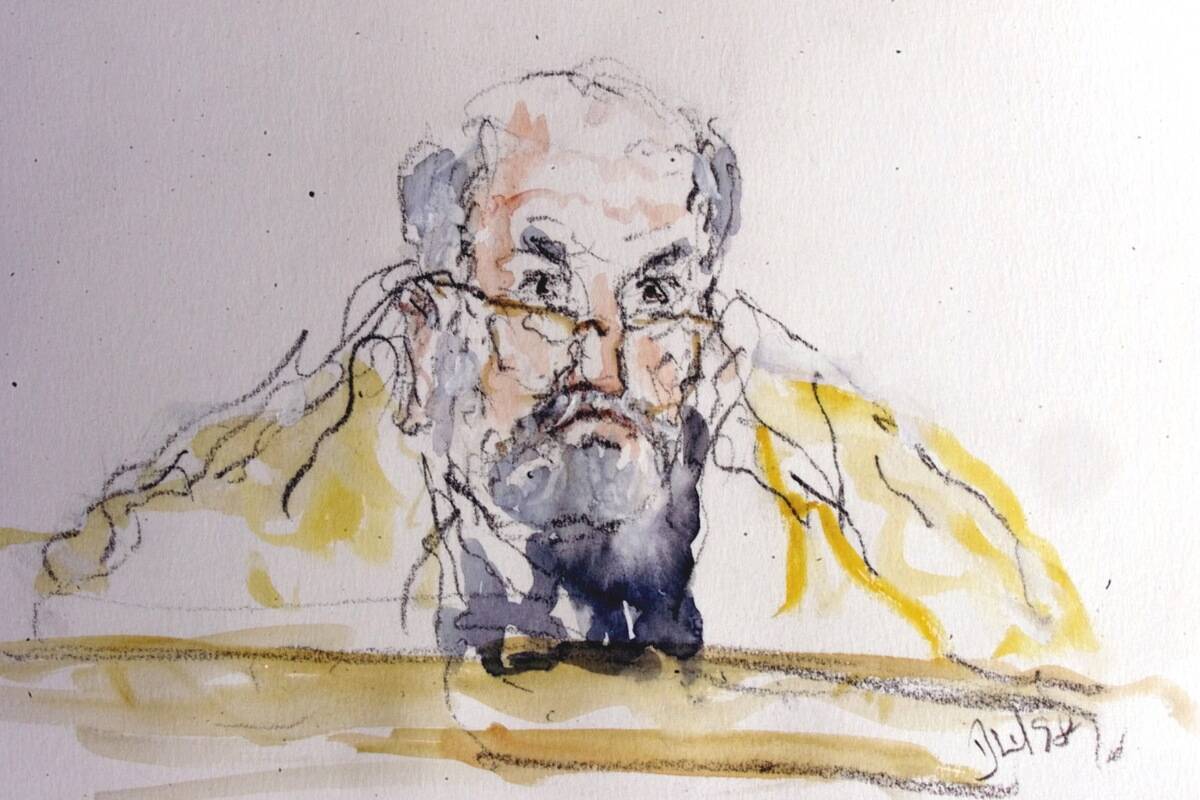
Propaganda Due, or P2 Lodge, was an Italian secret society involved in a major scandal in the 1980s. Originally a Masonic lodge, P2 became linked to political corruption, financial fraud, and even the Vatican.
Its master, Licio Gelli, was accused of manipulating Italian politics. The scandal exposed the dangers of secret societies wielding unchecked power, leading to increased scrutiny and reforms in Italy’s political landscape.
The Order of Nine Angles: Controversial and Mysterious
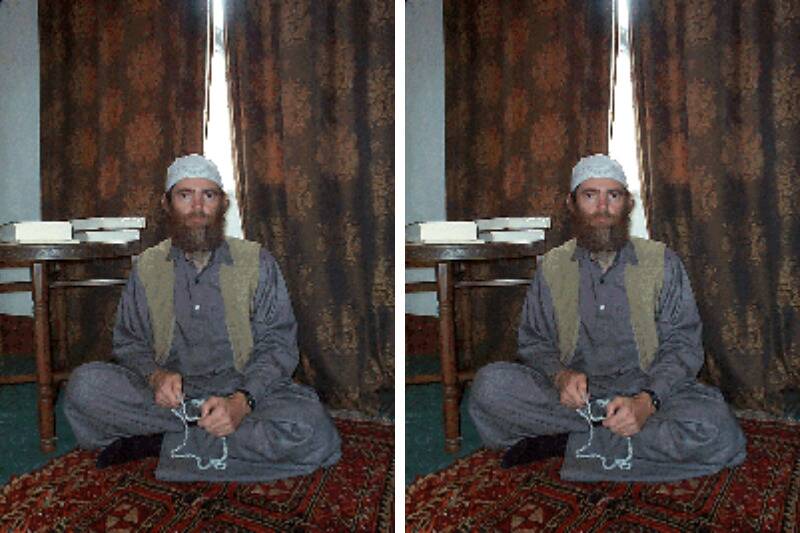
The Order of Nine Angles (ONA), founded in the UK in the 1960s, is a controversial secret society known for its neo-Nazi and satanic beliefs. Promoting a form of extreme individualism and occult practices, the ONA has been linked to criminal activities and violent ideologies.
Its influence on the far-right and satanic subcultures continues to spark debate and concern among scholars and law enforcement.
The Society of Cincinnati: America’s Aristocratic Secret Society
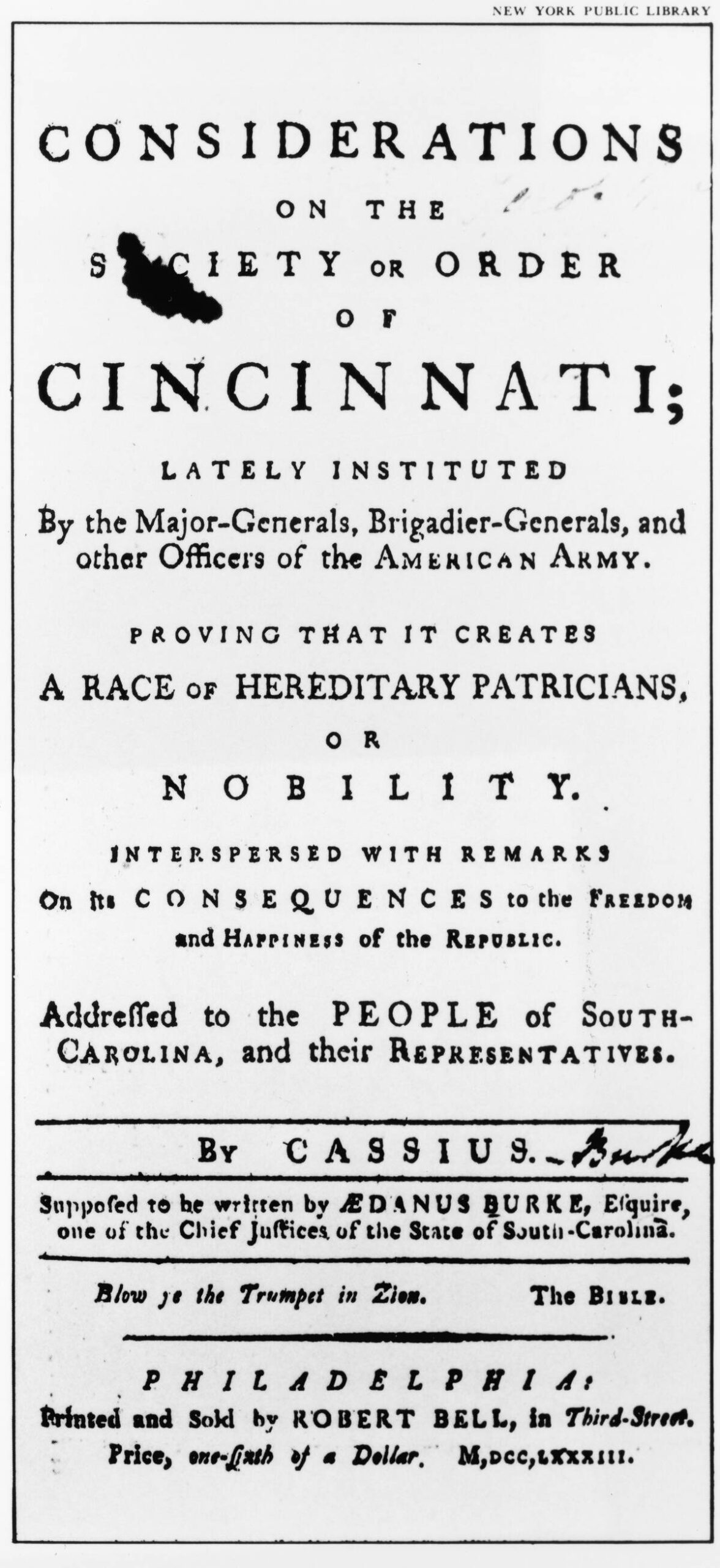
The Society of Cincinnati, founded in 1783 by officers of the Continental Army, aimed to preserve the ideals of the American Revolution. Named after Roman statesman Lucius Quinctius Cincinnatus, it emphasized civic virtue and leadership.
While initially criticized for its hereditary membership, echoing European aristocracy, the society has since focused on historical preservation and education, contributing to the understanding of America’s founding era.



